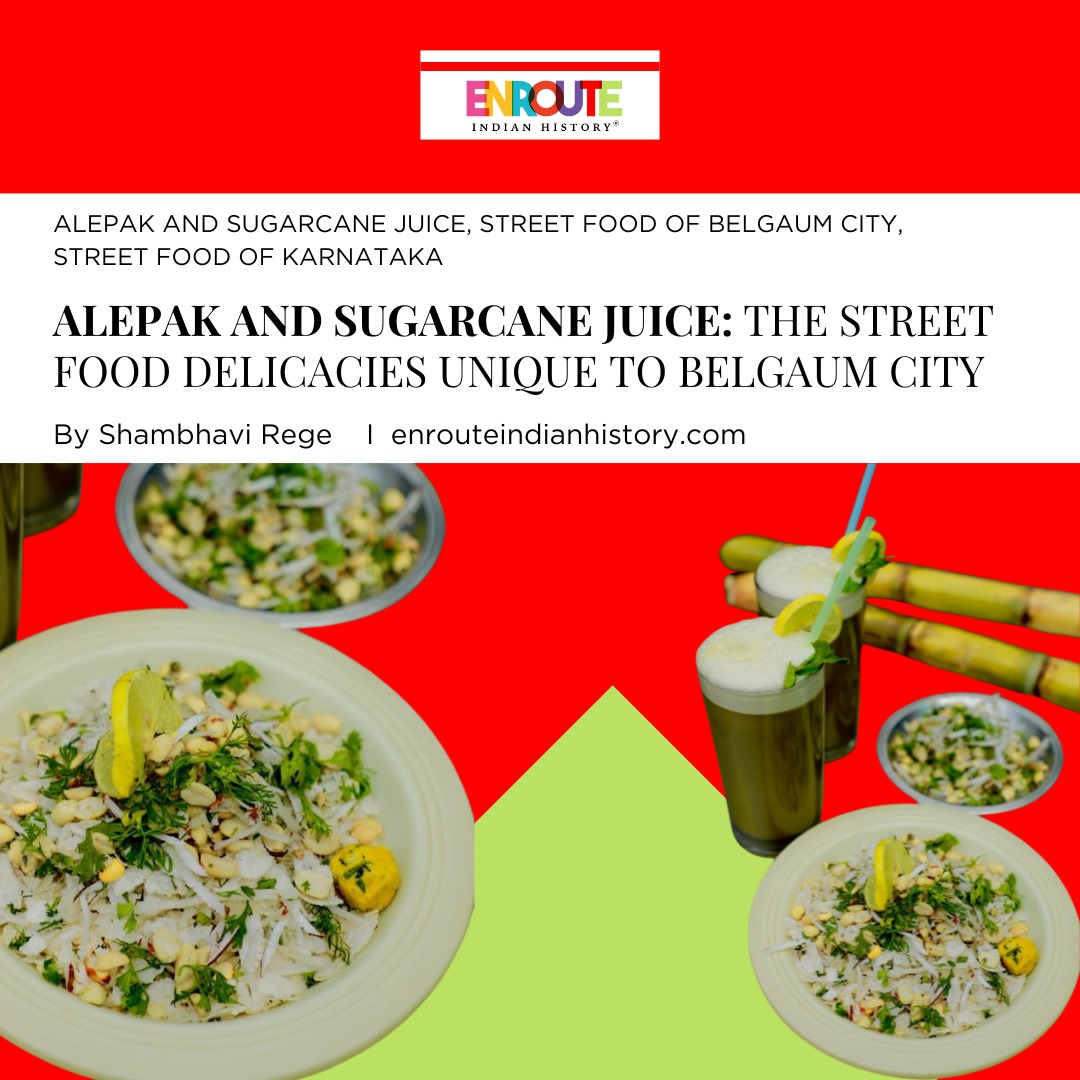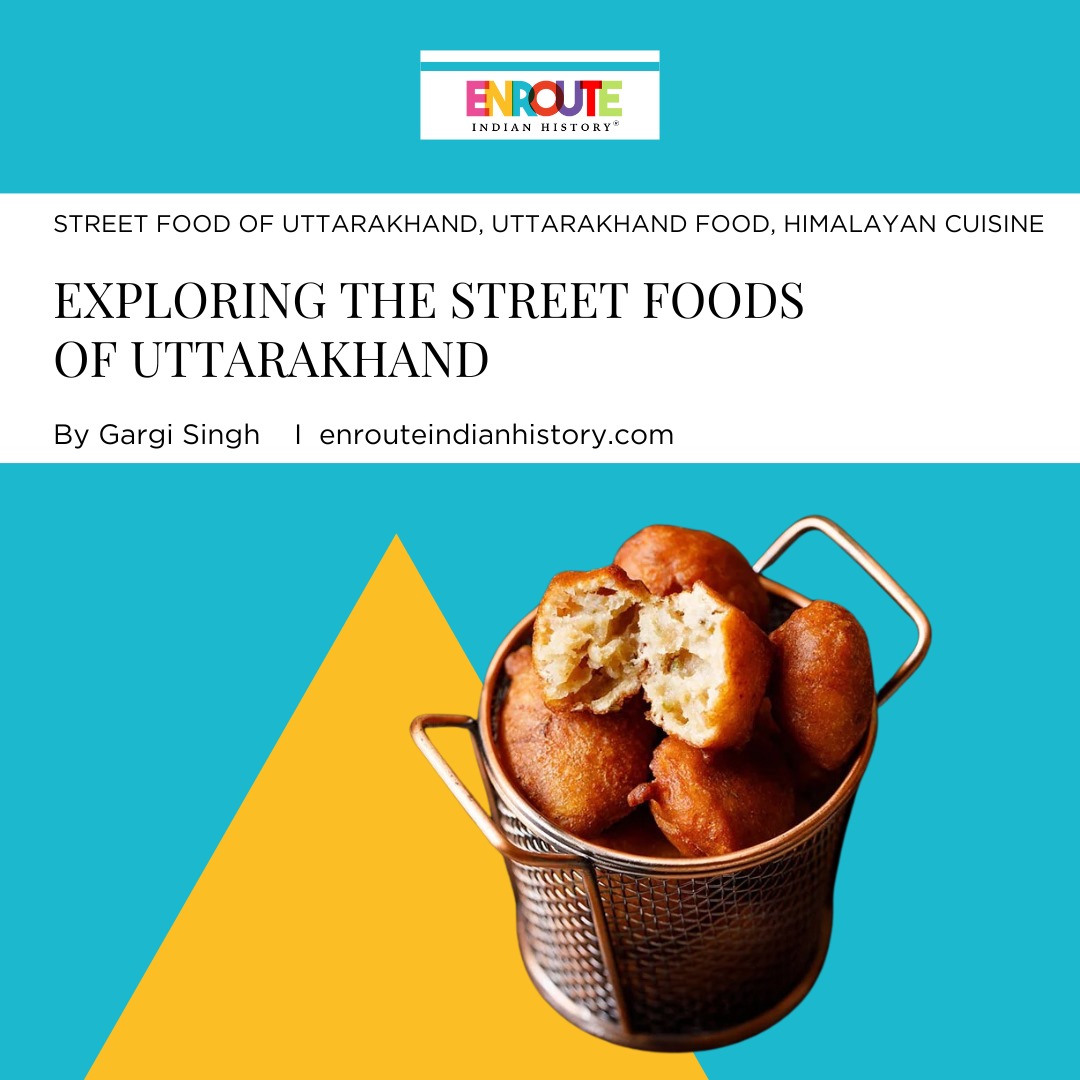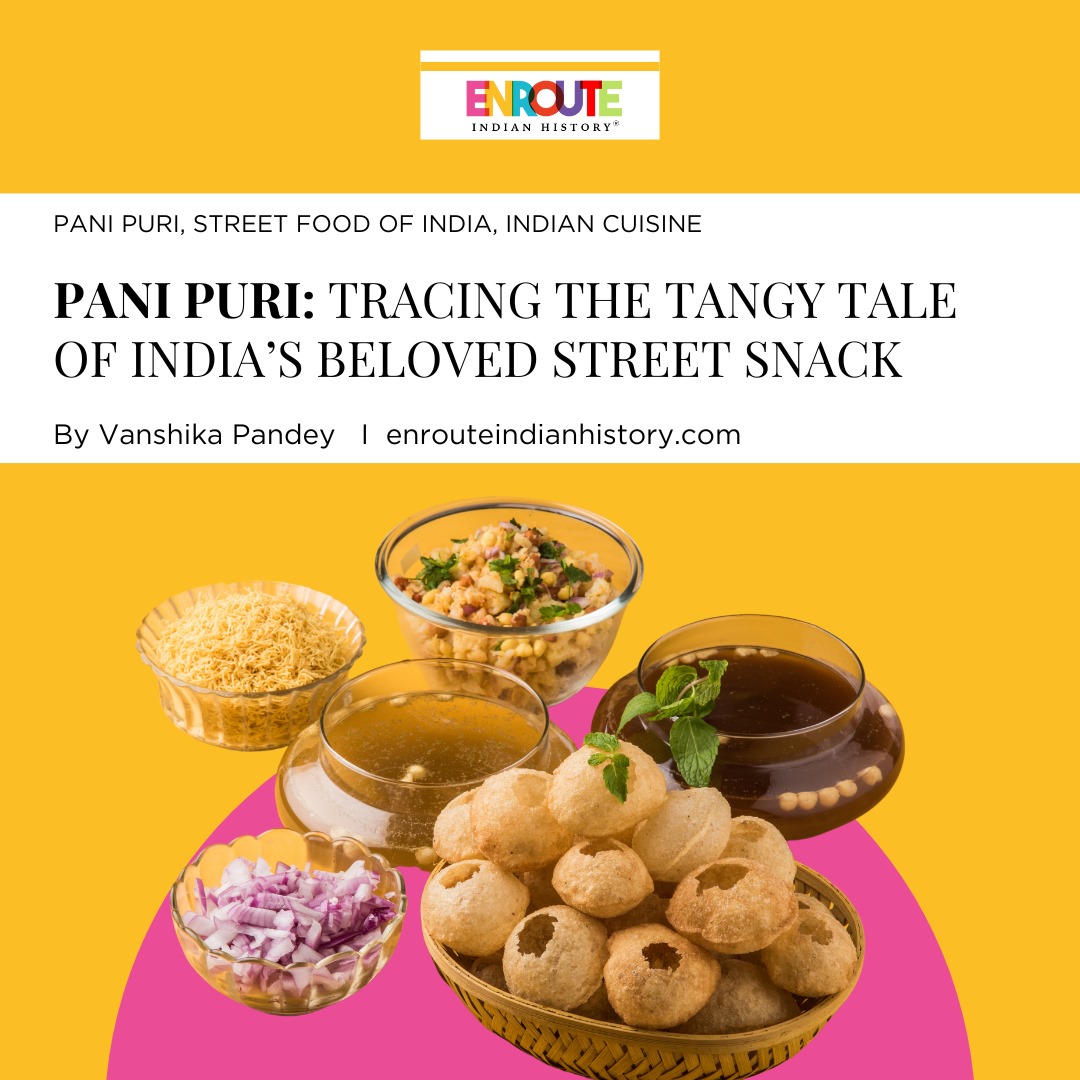
India is home to a wide variety of spices, each of which adds a distinct flavour, taste, and medicinal value to food preparation. The tastes of traditional Indian desserts infused with the magic of spices uncovers the culinary identity of the country. Just as spices from India embarked on journeys abroad, desserts too made their way to India, enriching our culinary imagination with diverse flavours and textures. The sweetness of fennel seeds and cinnamon, aromatic note of cloves and cardamom, vibrant colour of turmeric and pungent flavour of black pepper adds depth and complexity to sweet treats. In this article, we delve into the significance of these major spices in Indian desserts, exploring their roles in traditional delicacies from the streets of Rajasthan to the kitchens of West Bengal.
Discussion
Fennel Seeds:
Fennel seeds in India are used in some desserts like ‘Bundi ke laddoo’, especially famous in the state of Rajasthan as a traditional dessert. The combination of fennel seeds and black pepper in Malpua serves to balance the body’s temperature during the festive season of Holi, when the weather fluctuates . Pitha and Gulgule, incorporating fennel seeds, are prepared during festivals through generations in the regions of Bihar and Uttar Pradesh.
Saffron:
Figure: Saffron

(Source: https://post.healthline.com/wp-content/uploads/2020/11/saffron-1296×728-header.jpg)
Saffron, the dried thread-like part of the stigma, is proposed to have useful biological properties. It is used in the making of Gulab jamun, Kheer, Rasmalai, Shrikhand and many types of halwa. Very specialised protocols for the preparation, storage, and use of saffron have attracted the interest of the scientific community in terms of its anticancer properties.
Cloves:
Figure: Labang Latika

(Source: https://lh4.ggpht.com/-NFakPQ6xvZ8/TvgS1x_8_qI/AAAAAAAAAn8/Q3tfnrPH5UQ/s72-c/IMG_0022_thumb%25255B1%25255D.jpg?imgmax=800)
Cloves are mainly used for the purpose of making medicines in terms of reducing toothaches and blood sugar levels. Cloves are potentially rich in antioxidants and minerals, they are majorly used in traditional Ayurvedic medicine to treat illness. This spice is famous for a dessert named ‘Labanga latika’ which is mainly famous in the areas of West Bengal, Bihar and Odisha. This sweet is mainly made of the fillings of khoya mixtured with coconut.
Ginger:
Ginger is a flowering plant, whose bulb is widely used as a spice and medicine against headaches, colds and nausea (Anh et al., 2020). This is specially used in the ‘Ginger Halwa’ that basically originate from the areas of Madhya Pradesh. Saunth/ Dry ginger is used in making Sweet Tamarind Chutney that pairs wonderfully with various Indian dishes.
Nutmeg:
Figure: Nutmeg

(Source:https://www.kamaayurveda.in/wp-content/uploads/2023/02/KAMA_February2023_InternalImage1_Top-Benefits-Of-Nutmeg-For-Skin-How-To-Use-It-_600x600.jpg)
Nutmeg is very strong in flavour that complements many of the Indian desserts. It is always used moderately. Puran Poli is a Maharashtrian dish where Puran is the stuffing that includes spices like cardamom powder and nutmeg that adds a great flavour. Grated nutmeg is also used in other Indian delicacies such as Kheer, Phirni and Gujarati special Piyush.
Cardamom:
Figure: Cardamom

(Source: https://mangalorespice.com/cdn/shop/products/SP_08-02_2048x.jpg?v=1540659059)
Cardamom is a spice that is made from seed pods of the distinctive plant in the ginger family. The pods would contain various seeds but the pod can be either whole or ground. There are two types of cardamom: black and green cardamom. Almost all sweets, from Bengali Rasmalai, Barfi, Gajar ka halwa, Kheer, Pedas, ladoo, Kulfi to Gujarati Basundi Make use of this spice. It is one of the most ancient spices in the world and is also considered as the queen of spices.
Turmeric:
Turmeric, scientifically known as ‘Curcuma longa’ is a flowering plant in the ginger family. It is a perpetual, herbaceous plant native to the Indian subcontinent and southwest Asia which requires a temperature between 20-30 degree Celsius and there required heavy rainfall to flourish (Vo et al., 2021). Raw turmeric halwa is a kind of dessert which is mainly consumed to reduce the chances of diabetics.
Black pepper:
With its spicy and piney flavour, black pepper is the preferred secret spice to enhance warmth in the dessert. Black pepper is added in Phirni and Kheer to give it a spicy twist. Panjiri, popular in Punjab, has found its place as a staple sweet delicacy in the hearts and households of North India through generations. Saunf and black pepper is added to the panjiri mixture to enhance its flavour.
Cinnamon:
Cinnamon, a fragrant spice with a sweet flavour, is included in diverse sweets. Its fragrance is warmly sweet, and it offers a hint of spice. Frequently found in Indian sweets like rice pudding, kheer, and gulab jamun, cinnamon also boasts health advantages such as aiding in blood sugar reduction and inflammation alleviation. Baklava is spiced with mild spices like cinnamon and cardamom, giving it an aromatic essence.
Mace
Figure: Mace

(Source: https://www.spatuladesserts.com/wp-content/uploads/2023/05/mace-2.jpg)
Mace/Javitri plays an important part in Indian cuisine. Apart from its savoury flavour, it creates a unique combination in desserts like Kheer, Gulab Jamun and Nankhatai. This spice adds a delicate warmth and nuanced flavour to these desserts, making them appealing with an unexpected layer of sweetness.
Spices are considered as one of the most wonderful elements of Indian cuisine (Bhattacharya et al., 2022). The compound-flavoured combinations of the food of India cannot come with the absence of great spices. Indian sweets and desserts markup the ultimate level around the world. Just because of the different flavours and combinations in every Indian family kitchen, the food of India is becoming popular these days across worldwide (Khedkar., 2022). That’s why, it is said that Indian flavours and cuisines can go hand in hand while traditional food items in India are seasoned with a diversifying range of taste combinations.
References
Aishwarya, A., & Aishwarya, A. (2024, January 18). What Cuisine Is Fennel Seeds Used In? Foodnutra – Online Shop Flavoured Dry Fruits and Premium Spices. https://www.foodnutra.com/what-cuisine-is-fennel-seeds-used-in/
Ashokkumar, K., Simal‐Gandara, J., Murugan, M., Dhanya, M.K. and Pandian, A., 2022. Nutmeg (Myristica fragrans Houtt.) essential oil: A review on its composition, biological, and pharmacological activities. Phytotherapy Research, 36(7), pp.2839-2851.
Bagal, N.U., Kshirsagar, P.J., Torane, S.R. and Manerikar, S.S., 2020. Export of spices from India: An instability analysis. Int. Res. J. Agric. Econ. Stat, 11(1), pp.55-63.
Bhattacharya, E., Pal, U., Dutta, R., Bhowmik, P.C. and Mandal Biswas, S., 2022. Antioxidant, antimicrobial and DNA damage protecting potential of hot taste spices: A comparative approach to validate their utilization as functional foods. Journal of Food Science and Technology, 59(3), pp.1173-1184.
Błaszczyk, N., Rosiak, A. and Kałużna-Czaplińska, J., 2021. The potential role of cinnamon in human health. Forests, 12(5), p.648.
Haro-González, J.N., Castillo-Herrera, G.A., Martínez-Velázquez, M. and Espinosa-Andrews, H., 2021. Clove essential oil (Syzygium aromaticum L. Myrtaceae): Extraction, chemical composition, food applications, and essential bioactivity for human health. Molecules, 26(21), p.6387.
Khedkar, R., 2022. Traditional Food Adjuncts: Sustainable and Healthy Option for Functional Foods. In Bioactive Components: A Sustainable System for Good Health and Well-Being (pp. 503-515). Singapore: Springer Nature Singapore.
Lambrianidou, A., Koutsougianni, F., Papapostolou, I. and Dimas, K., 2020. Recent advances on the anticancer properties of saffron (Crocus sativus L.) and its major constituents. Molecules, 26(1), p.86.
Tarla Dalal. (n.d.). https://www.tarladalal.com/article-uses-of-cardamom–287
Vo, T.S., Vo, T.T.B.C., Vo, T.T.T.N. and Lai, T.N.H., 2021. Turmeric (Curcuma longa L.): Chemical components and their effective clinical applications. Journal of the Turkish Chemical Society Section A: Chemistry, 8(3), pp.883-898.
- May 8, 2024
- 8 Min Read


























